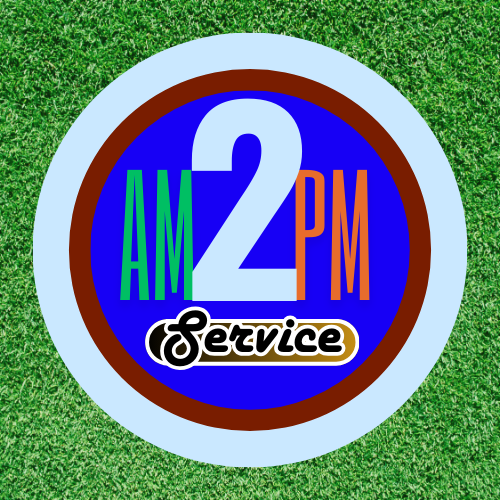On-Page SEO (Search Engine Optimization) refers to optimizing individual web pages to rank higher in search engine results and attract relevant traffic. It focuses on both the content and HTML source code of a page that can be optimized, as opposed to Off-Page SEO, which deals with external factors. Here are the key elements of On-Page SEO
1. Keyword Optimization
Primary Keywords: Strategically place primary keywords in titles, meta descriptions, headings, and throughout the content.
LSI Keywords: Include Latent Semantic Indexing (LSI) keywords to enhance content relevance.
2. Title Tags
Keep them within 50–60 characters.
Include the target keyword and make the title compelling.
3. Meta Descriptions
Summarize the page content in 150–160 characters.
Incorporate the primary keyword and a call-to-action (CTA).
4. Header Tags (H1, H2, H3)
Use a single H1 tag for the main title.
Organize content with H2 and H3 subheadings, including keywords naturally.
5. URL Structure
Create short, descriptive URLs.
Include the target keyword, avoid stop words (e.g., "and," "the"), and use hyphens for separation.
6. Content Optimization
Write high-quality, engaging, and informative content.
Target a keyword density of 1–2%, avoid keyword stuffing.
Use multimedia like images, videos, and infographics for better engagement.
Maintain a minimum content length of 800–1,000 words for in-depth coverage.
7. Internal Linking
Link to relevant pages within your website.
Use descriptive anchor text to enhance user navigation.
8. Image Optimization
Use descriptive file names and alt text with keywords.
Compress images to reduce page load time.
9. Mobile-Friendliness
Ensure responsive design for a seamless experience on all devices.
10. Page Speed
Use tools like Google PageSpeed Insights to identify performance issues.
Compress CSS, JavaScript, and images for faster loading times.
11. User Experience (UX)
Improve readability with proper font sizes, line spacing, and formatting.
Ensure clear navigation with intuitive menus and links.
12. Schema Markup
Implement structured data to help search engines understand your content better.
Add schema for reviews, FAQs, products, and more.
13. Canonical Tags
Prevent duplicate content issues by specifying the preferred version of a URL.
14. Freshness
Regularly update your content to keep it relevant and accurate.
Tools for On-Page SEO:
Google Search Console: Analyze performance and resolve crawl errors.
Yoast SEO (WordPress): Optimize meta tags, readability, and keyword usage.
SEMRush/Ahrefs: Perform keyword research and audit on-page SEO elements.
GTmetrix: Measure and improve page speed.
Would you like help with implementing or auditing these practices on your website?



Post a Comment
0Comments